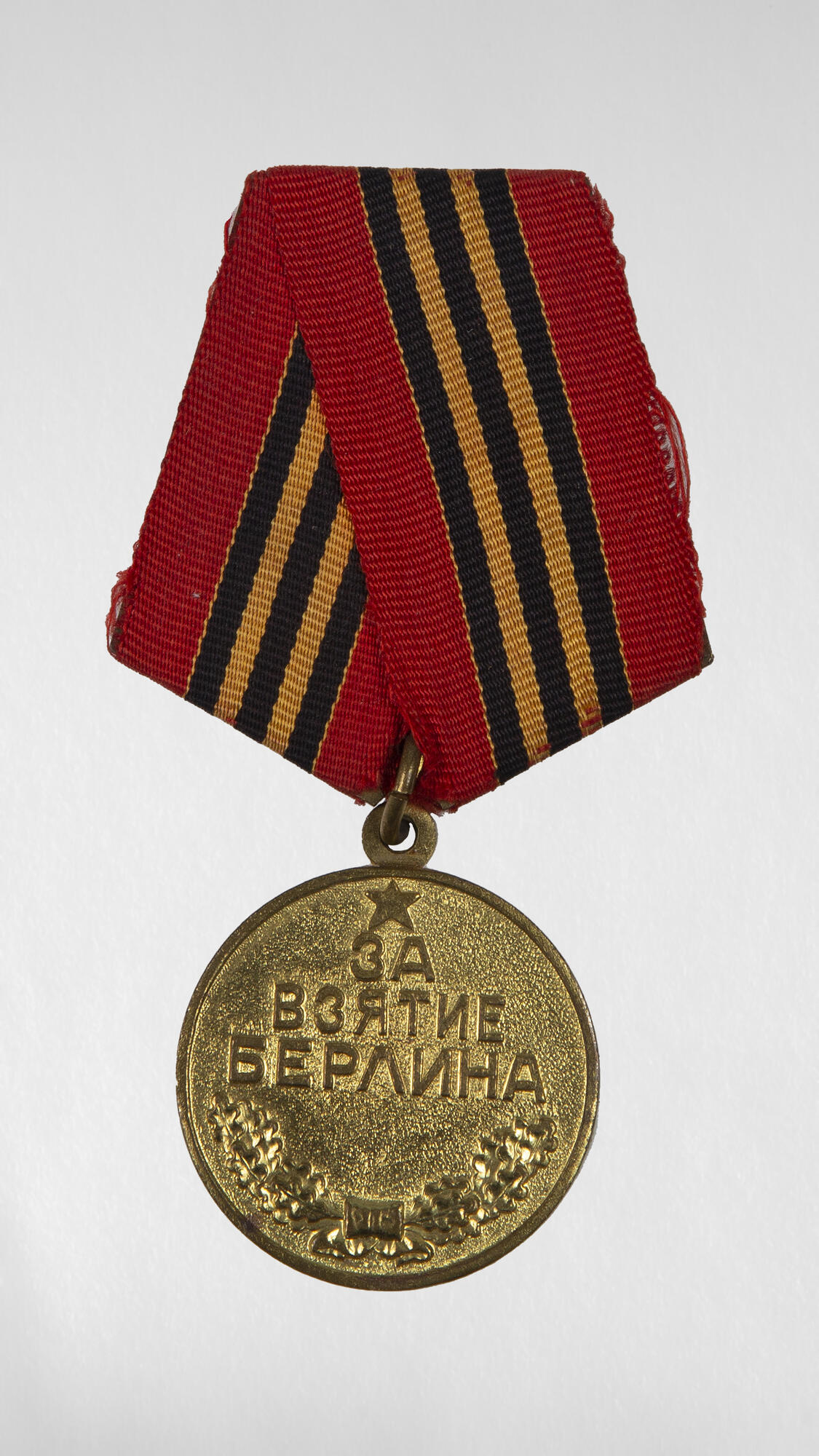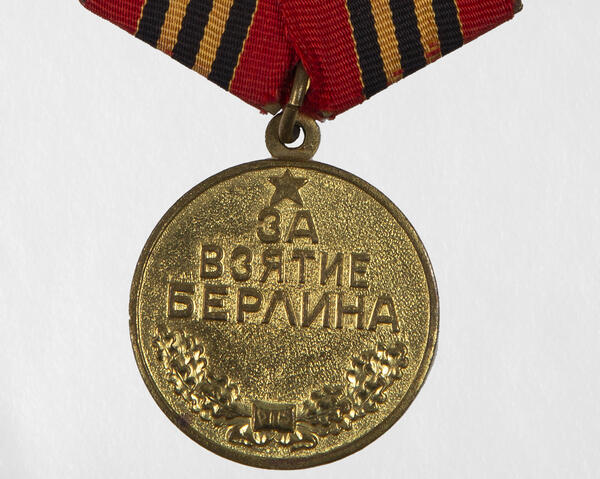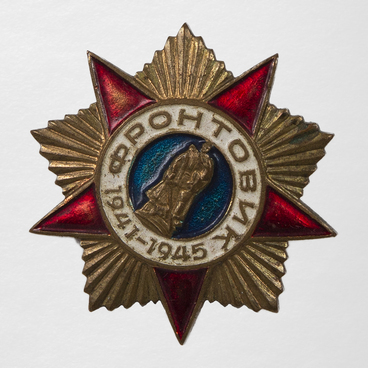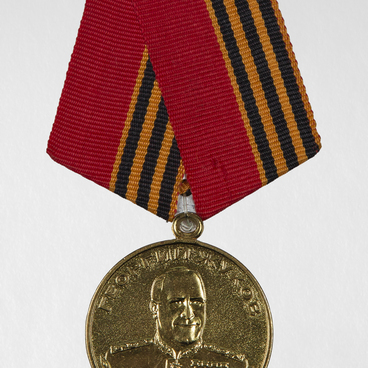One of the main battles in the last months of the Great Patriotic War was the Battle in Berlin, after which Soviet troops captured the German capital. For the participants of these battles, the USSR estanlished an honorary award — the medal “For the Capture of Berlin”. This medal is displayed at the exhibition in the Zimovniki Museum of Local History.
In the spring of 1945, Soviet troops came close to Berlin, and on April 6, the Battle of Berlin began. The Germans had been preparing for the offensive and had built strong defense constructions around the city. The Germans troops were surrounded the capital and prevented the Soviet army from entering the city. On April 25, the assault on Berlin began. The battles were on city streets and every house had to be recaptured for hours and days, at great cost.
Five days later, the Soviet troops reached the Reichstag — the government building. The Germans were running out of forces and resources for counteraction. Therefore, on the morning of May 2, the Town Mayor of Berlin signed an order according to which the garrison of the city surrendered to the Soviet Army. The fighting finished in the afternoon. Berlin was captured and the war was nearly finished.
On June 9, 1945, the Presidium of the Supreme Soviet instituted the medal “For the Capture of Berlin” for those soldiers who took part in the city assault. In addition, the medal was given to all people who were related to the capture of the German capital, as well as those wounded soldiers who were hospitalized in the first days of the assault and did not reach the Reichstag.
It was necessary to provide documents that confirmed service in military operations during the Berlin assault to get the medal. The unit commanders and heads of medical institutions could give such documents.
The medal with a diameter of 3.2 centimeters was made of brass. The front side of it was decorated with the inscription “For the Capture of Berlin”, above it there was a star, and below there was a wreath of oak leaves. On the reverse, the date of the city’s surrender was indicated — “May 2, 1945”.
More than a million people got the award, most of them in the first three years after the end of the war.
In the spring of 1945, Soviet troops came close to Berlin, and on April 6, the Battle of Berlin began. The Germans had been preparing for the offensive and had built strong defense constructions around the city. The Germans troops were surrounded the capital and prevented the Soviet army from entering the city. On April 25, the assault on Berlin began. The battles were on city streets and every house had to be recaptured for hours and days, at great cost.
Five days later, the Soviet troops reached the Reichstag — the government building. The Germans were running out of forces and resources for counteraction. Therefore, on the morning of May 2, the Town Mayor of Berlin signed an order according to which the garrison of the city surrendered to the Soviet Army. The fighting finished in the afternoon. Berlin was captured and the war was nearly finished.
On June 9, 1945, the Presidium of the Supreme Soviet instituted the medal “For the Capture of Berlin” for those soldiers who took part in the city assault. In addition, the medal was given to all people who were related to the capture of the German capital, as well as those wounded soldiers who were hospitalized in the first days of the assault and did not reach the Reichstag.
It was necessary to provide documents that confirmed service in military operations during the Berlin assault to get the medal. The unit commanders and heads of medical institutions could give such documents.
The medal with a diameter of 3.2 centimeters was made of brass. The front side of it was decorated with the inscription “For the Capture of Berlin”, above it there was a star, and below there was a wreath of oak leaves. On the reverse, the date of the city’s surrender was indicated — “May 2, 1945”.
More than a million people got the award, most of them in the first three years after the end of the war.



